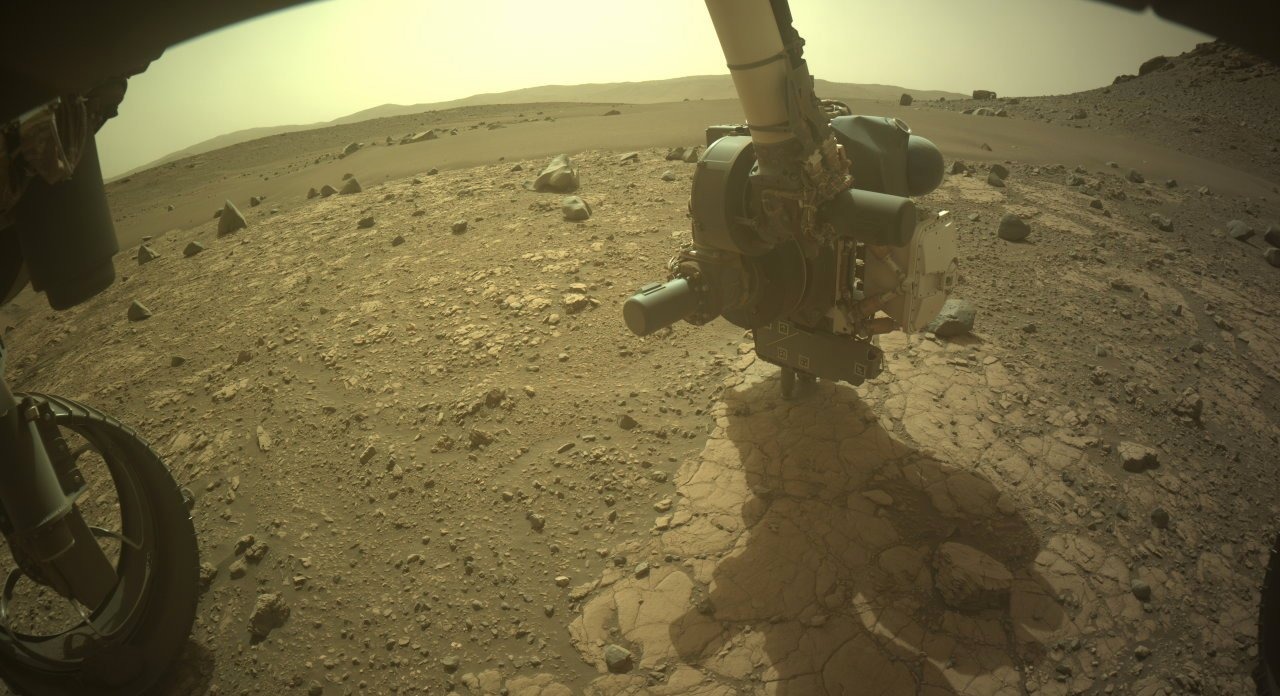NASA’s Mars Sample Return mission aims to return to Earth samples collected by the Perseverance rover on the surface of Mars. The recent discovery will make the expectation even more intriguing, because one of the collected rock samples may contain a drop of ancient water, as well as, in all probabilities, the remains of microbial life, if it exists there.
“Kukaklek”
We are talking about a piece of rock, which is now the 15th Perseverance sample. It was named “Kukaklek” in honor of the lake and river of the same name in Alaska. On Wednesday, the Perseverance team announced the successful sampling of a collection of sandstone pieces.

Astrobiologist Erin Gibbons from McGill University told more about the rock in an updated report on the rover. Gibbons pointed out the discovery of fine white veins visible in the sandstone. The veins are evidence of the past activity of the water that filled the cavities inside.
My collection is growing! ???? I’ve now got my 15th rock core: a nice piece of sandstone.
Up next, I’m heading back to a nearby dune to break out a new tool – my regolith collection bit – for gathering loose, sandy material. #SamplingMars continues… pic.twitter.com/RkYYpSAoUE
— NASA’s Perseverance Mars Rover (@NASAPersevere) November 30, 2022
NASA had previously discussed the sandstone rock even before the rover began collecting samples. The administration expressed the hope that the local rock could contain biosignatures that could serve as proof of the existence of ancient life. Gibbons’ report highlights an even more intriguing detail about what we can detect in the samples of hidden water.
Time capsule in the Jezero crater
NASA chose the Jezero crater as the landing site of the Perseverance rover because of its intriguing water history. It looks like the bottom of an ancient lake and river delta is located here from ancient times when Mars was wetter. The rock where the last sample was collected was part of an ancient harbor that probably formed when Jezero was a lake. The discovered veins in the sandstone may contain hidden clues to the history of microbial life on Mars, if it once was there.
Evidence on the Earth
Small inclusions of liquid have also been found in ancient rocks of the Earth. A study conducted earlier this year described the discovery of microorganisms at the age of 830 million years in liquid inclusions in halite crystals. The discovery increases the possibility that a similar find on Mars could preserve organic matter.
“It is even possible that during crystallization, the minerals retained at least one or two drops of ancient water, forming a temporary capsule of the aquatic past of Mars,” Gibbons explained.
According to CNET
Follow us on Twitter to get the most interesting space news in time
https://twitter.com/ust_magazine

